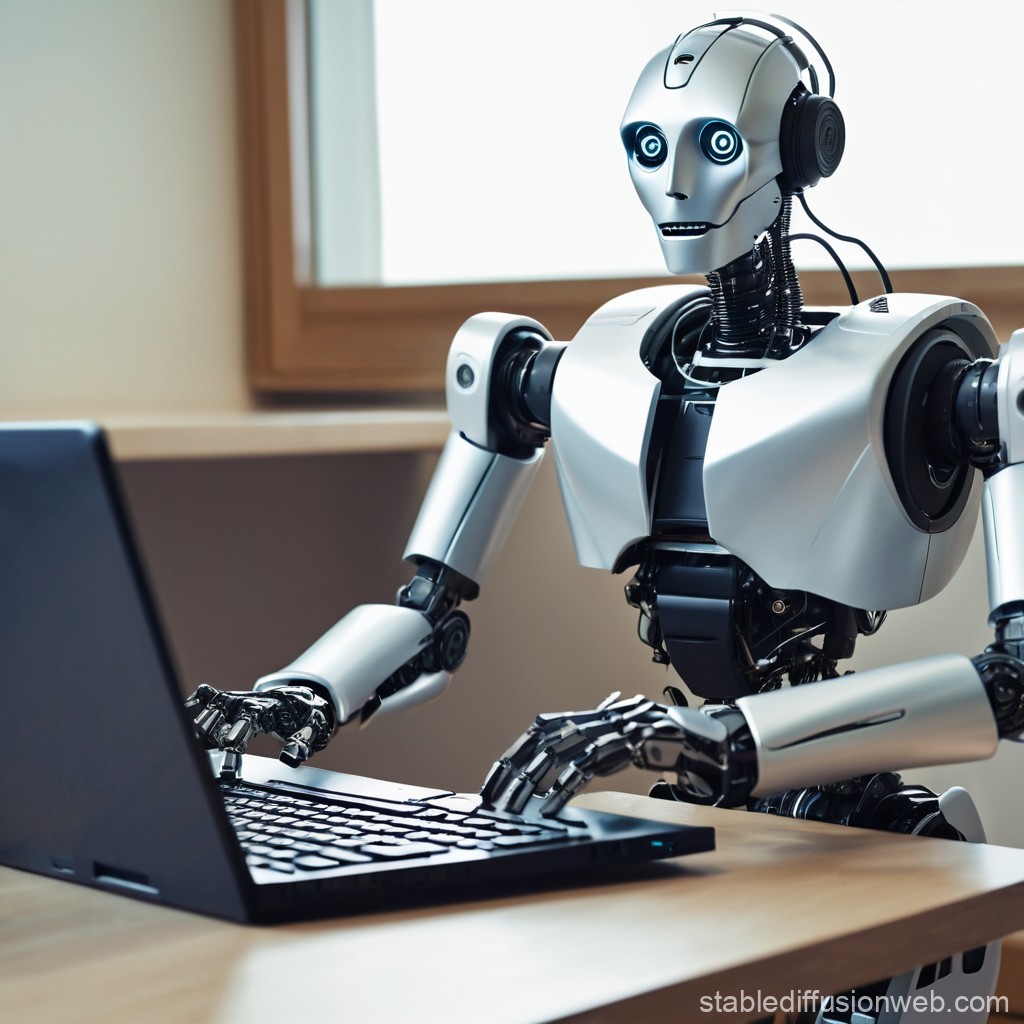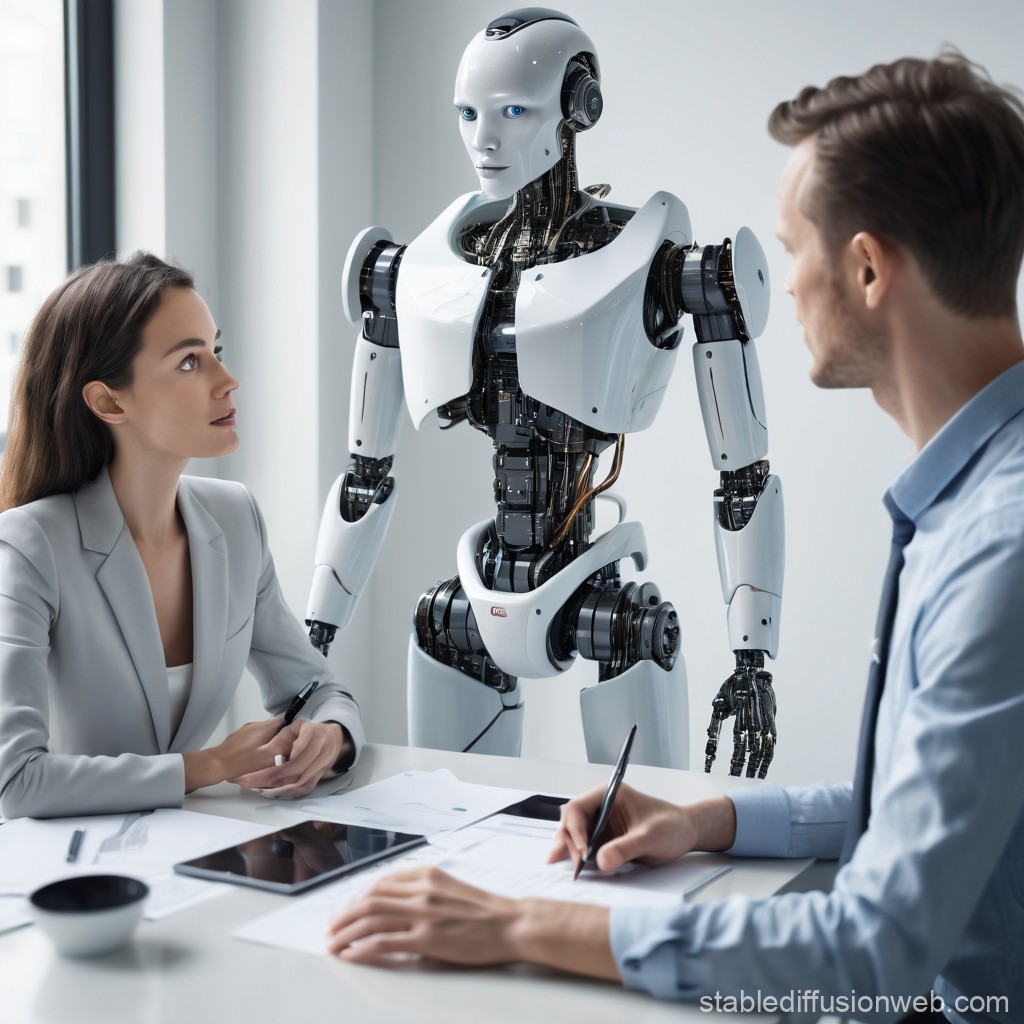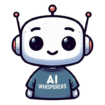If AI helps you write a blog or design an image, do you actually own it? With AI-generated content on the rise, businesses and creators need to understand where U.S. copyright law stands. Can AI-assisted work be legally protected?

The U.S. Copyright Office’s stance is clear—AI alone cannot be the author of a copyrighted work. However, when a human makes significant creative contributions, the work may be eligible for protection.
Let’s break down the legal landscape and how you can ethically and effectively use an AI blog writer while protecting your content.
What the U.S. Copyright Office Says About AI-Generated Content
According to the U.S. Copyright Office, copyright protection requires human authorship. If an AI fully generates a work, it cannot be copyrighted.
However, AI-assisted work may be eligible for copyright if a human significantly contributes to the final product. To determine eligibility, the Copyright Office asks:
✔️ Did a human make meaningful creative choices?
✔️ Is the human contribution perceptible in the final work?
If yes, copyright protection might apply.
How Much Human Input Is Enough for Copyright?
The level of human creativity and involvement matters. Here’s what likely qualifies for copyright—and what doesn’t:
✅ AI-Assisted Work That May Be Copyrightable
✔️ Significant Editing & Rewriting – A writer generates an AI draft but restructures paragraphs, rewrites sections, and integrates original ideas.
✔️ Human Research & Expert Input – A journalist uses AI for summaries but adds interviews, fact-checks, and personal analysis.
✔️ Combining AI Content with Original Work – A poet uses AI for inspiration but modifies phrases, rearranges lines, and adds personal elements.
✔️ AI-Generated Art with Human Enhancements – An artist starts with AI images but repaints parts, blends elements, and adds hand-drawn details.
❌ AI-Generated Work That May Not Be Copyrightable
❌ Minimal Edits – Making small grammar or wording tweaks isn’t enough.
❌ AI Determines the Expression – If AI writes an entire book, and the human only picks the best version, it’s still AI-created.
❌ Clicking “Regenerate” Until It Looks Good – If the AI is making all the expressive choices, it’s not a human-authored work.

🚀 Bottom line: The more human creativity and decision-making you apply, the stronger your case for copyright.
The Gray Area: Iterative Workflows with AI
Many content creators work iteratively with an AI blog writer—asking for revisions, rearranging sections, or refining content. But is this enough for copyright?
It depends. If a human is guiding the AI’s creative direction and substantially modifying the output, the work may qualify. But if AI is making most of the creative choices, it likely won’t be protected.
🚀 Examples of AI Iteration That May Be Copyrightable
✔️ A novelist uses AI to generate scenes but rearranges, rewrites, and adds new sections.
✔️ A business creates AI-generated blogs but adds research, expert quotes, and refines messaging.
✔️ A designer generates AI art but alters elements, changes composition, and blends original sketches.
The key: AI should be an assistant, not the sole creator.
Best Practices for Protecting AI-Assisted Work

🔹 Ensure Meaningful Human Input – AI should enhance, not replace, your creativity.
🔹 Document Your Process – Keep records of how you directed, revised, and shaped the AI’s output.
🔹 Consider Registering the Work – If your AI-assisted work includes substantial human contributions, apply for copyright.
AI is revolutionizing content creation, but human creativity remains essential for legal protection.
Create High-Quality, AI-Assisted Content That Works
Want to create SEO-optimized, AI-assisted blog content that aligns with copyright best practices?
💡 Try our AI Blog Writer Demo—see how AI can support your content strategy while ensuring originality and quality! 🚀
